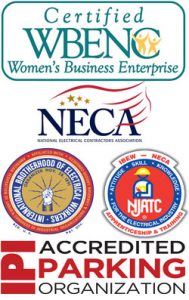This video from Alvarado explains the four operational modes of an optical turnstile barrier as it provides user safety and building security. Optical devices are installed to sense movement through the passageway and track (count) movement. These optical devices are much like photo-electric beams installed to protect against garage doors closing on infants or other obstacles.
Controlled Passage is the most commonly used mode. Here an access control credential is required. If the presented credential is valid and authorized at the time, the turnstile barrier doors swing open away from the presenter. This allows a single person to gain access in the direction that is requested.
Once the optical device deems the person has cleared the barrier, the barrier doors close and reset and are ready for the next request. Movement can flow in both directions and can also be controlled via credentials in both directions.
Free Passage through the optical turnstile barrier is the mode in which access or egress is typically allowed without presentation of authorized credentials. The free passage mode is more common to the egress side of a controlled passage turnstile.
No Passage mode restricts passage in either direction even when an authorized credential is presented. Simply put, the turnstile doors are locked. However, the turnstile doors will open to allow free egress in case of a life safety situation such as a fire alarm.
When in Visitor Mode the turnstile doors remain open at all times and allow free access and egress.
As shown. these optical turnstile barriers are half height as versus the full height turnstile barriers previously discussed and explained at turnstile gates.
Call ECI at 847.949.0134 for a proposal for your half, optical or full height turnstile needs. Or click below for direct contact information.


